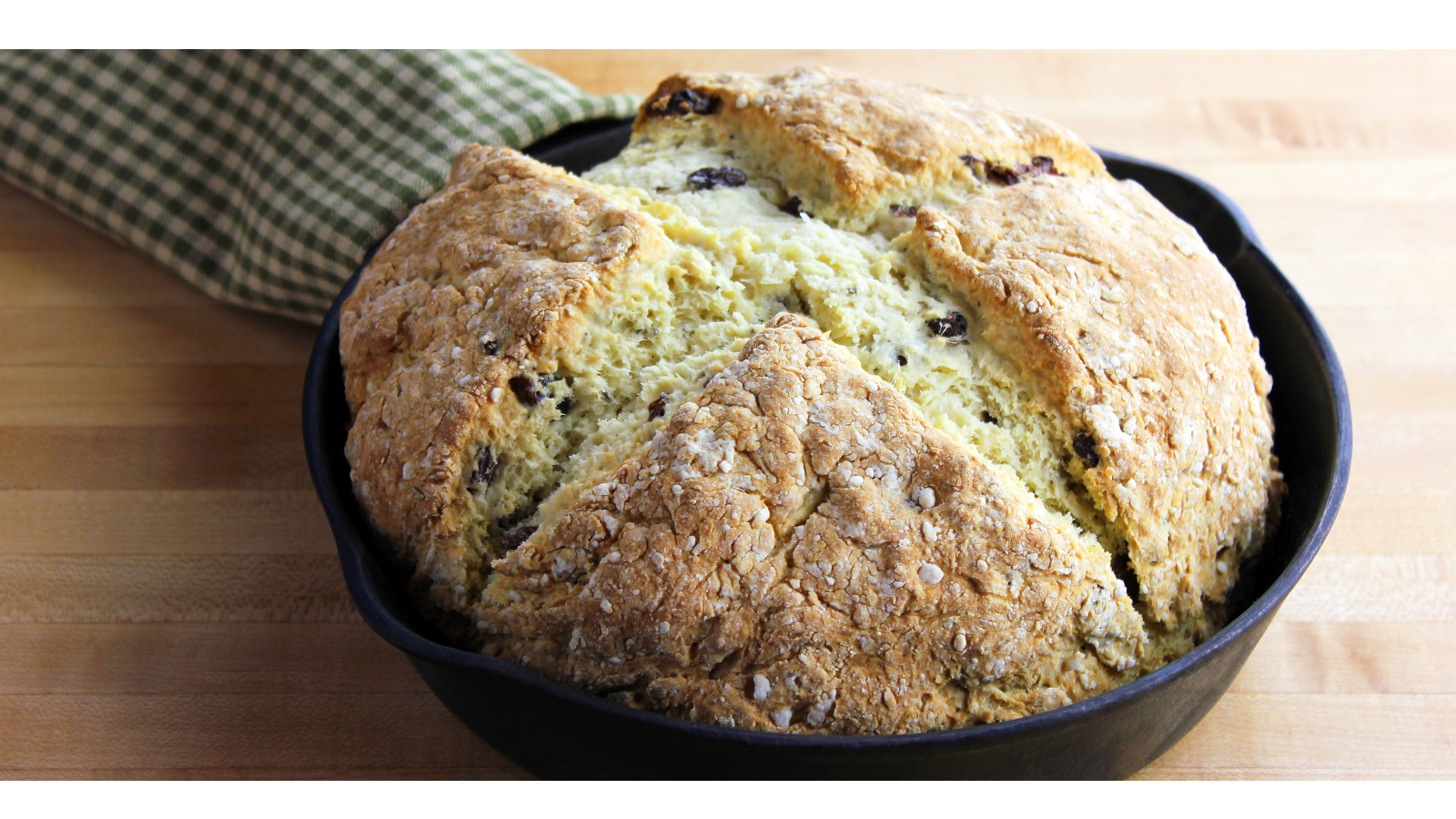Welcome to the PMR Foodservice Blog

Must-Have Foods to Create a Traditional St. Patrick’s Day
There are some common misconceptions about the various types of food that comprise an authentic St. Patrick's Day dinner. Corned beef is the perfect example. It’s a modern Irish dish created in the United States, and while green beer is the most consumed beverage every March 17, it was invented in New York City and made with laundry whitener to get that kelly green color.
So, what do residents born and raised on the island of Ireland consume and consider a traditional St. Patrick’s Day cuisine? Beer is listed, but it's not green! These other delicious choices are as well.
Intro to Authentic St. Patrick's Day Food
In America, authentic St. Patrick’s day meals were replaced with cured beef and cabbage, kicking roast beef and potatoes to the curb.
The original raw meat and round starchy vegetables were changed because they were too expensive for Irish families living in the United States.
Over the years, archaeology has provided a clear view of the earliest foods eaten by Irish ancestors for sustenance. Historical findings that date back more than eight million years paint a picture of the original feasts of Ireland.
The traditions, recipes, and culinary styles associated with Ireland’s St. Patrick’s day have evolved over the centuries. For example, raw beef roasted or boiled with vegetables was the main course in those archaic days, not pickled beef.
So, let’s dig into what foods are needed to set the table for a truly authentic meal service in honor of Ireland’s patron saint. The ideal foods to help chefs, event hosts, or restaurants produce a true Irish takeover of their menus are scones, soda bread, and a straightforward beef pot roast.
Scones
The countries of Ireland, Scotland, and England can proudly claim the scone as their confection invention. Interestingly, the first mention of the sweet and dry biscuit-like pastry is in a Scottish poem from the 1500s.
The most commonly eaten scone in present-day America is made with flour and baked in an oven. However, five-hundred years ago, oats were the main ingredient in making scones. Bakers of the original triangle biscuit folded batches of the oat mixture, formed them into multiple large dough rounds, scored each into four to six wedges, and griddle-baked them over an open fire.
Classic Irish scones are much different from English and American scones. More than likely, the scones that hungry shoppers in grocery store chains purchase are not authentic Irish pastries. Traditional scones are dense, sweet, and slathered with butter, jam, or clotted cream. Some of the most popular original scone recipes include currants and raisins, but hundreds of variations exist.
Soda Bread
The inspiration for Irish soda bread was one of necessity because of Ireland’s financial struggles and severely limited access to ingredients. Soda bread was invented to make the most of the essential ingredients that were available and affordable.
In south Ireland, superstitious traditions were baked into every loaf of soda bread. Irish bakers in the southern regions were known to bake their loaves in the now familiar round fashion and then cut a cross into the top of the bread. Some Irish families believed that the cross on the bread released fairies who fought off evil and protected their homes.
Soda farl is the most well-known drink in the northern parts of Ireland. A soda farl is a yeastless quick bread made with baking soda and buttermilk. Traditional farl bakers shape the bread dough into a thick disc before slicing it into four triangular pieces that are pan-fried in a skillet.
Soda bread recipes, like their Irish cousin, the scone, come in a variety of flavors. Currants and caraway seeds are used in some Irish breakfast recipes, and raisins are sprinkled on sweet soda bread loaves.
Beef Pot Roast
When conducting a quick internet search for the most popular foods ordered at any pub in Ireland, results won’t show a pink cured beef on the menu.
According to history, the tradition of eating corned beef and cabbage on St. Patrick’s Day began in the United States. However, the popular meal is believed to have become mainstream in U.S. foodservice because it was too expensive to purchase the meat required for a traditional roast beef supper.
An authentic St. Patrick’s Day feast requires the best piece of meat; the rib of the beef. Lovers of Irish food savor the high-end meat, usually encased in a fabulous wrap of fat to baste the roast and keep it tender.
So, when millions of families on the island of Ireland sit down for their annual celebratory St. Patrick’s day meal, a salty red brisket won’t be seen on the table.
Is your foodservice business ready for all the special holidays that center around food? Click below to schedule time with Chef Will, who can help!
Subscribe Here!
Lists by Topic
- Restaurants (23)
- PMR Preview (18)
- K-12 School Nutrition (12)
- Beverage (8)
- Vulcan (7)
- Healthcare (5)
- Hospitality (5)
- Ovention (5)
- Duke (4)
- Trends (4)
- Ventless (4)
- Winco (4)
- Convenience Store (3)
- Food Safety (3)
- Hatco (3)
- ITW (3)
- PMR (3)
- Perlick (3)
- Traulsen (3)
- Waring (3)
- Bakery (2)
- Carlisle Foodservice (2)
- College & University (2)
- General (2)
- Griddle (2)
- Prince Castle (2)
- Spaceman (2)
- Takeout & Delivery (2)
- Thermo-Kool (2)
- Araven (1)
- Charbroiler (1)
- Choice Equipment Company (1)
- Correctional (1)
- Dinex (1)
- Dish Machines (1)
- Frying (1)
- G.E.T. Serveware (1)
- Hobart (1)
- Holidays (1)
- QSR (1)
- RATIONAL (1)
- Recipe (1)
- Silver King (1)
- Titan Stainless Steel (1)

